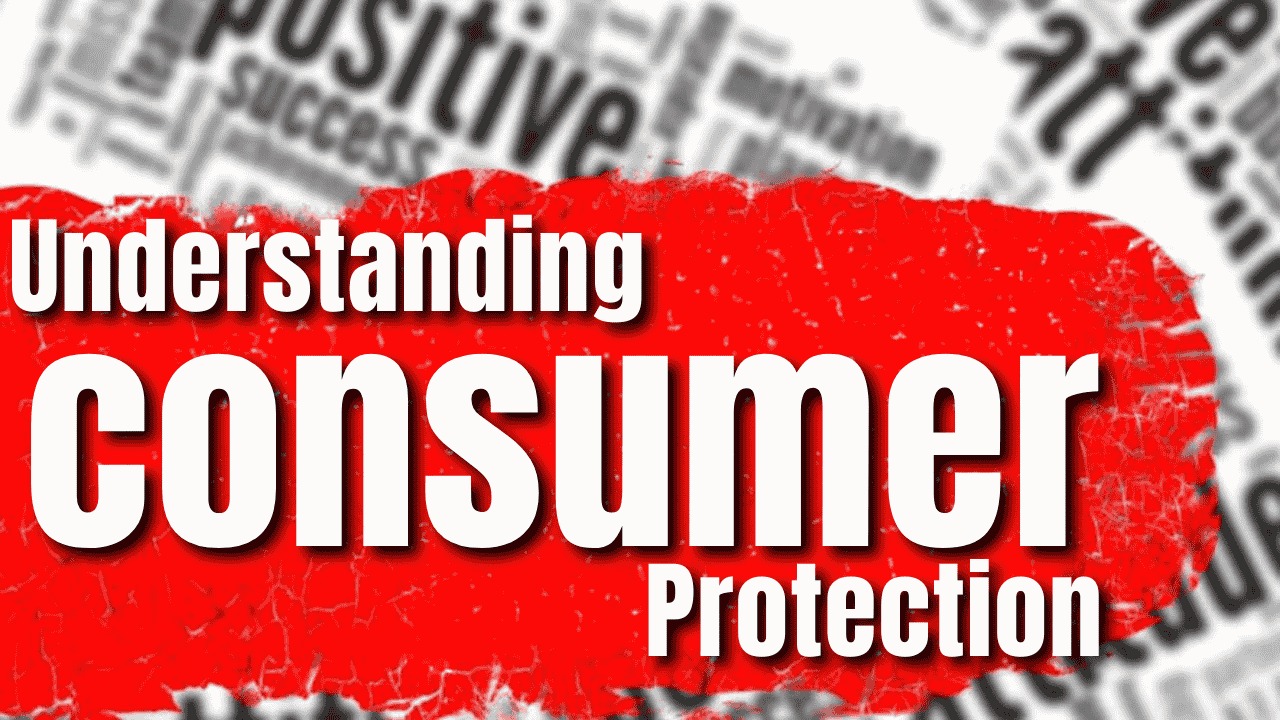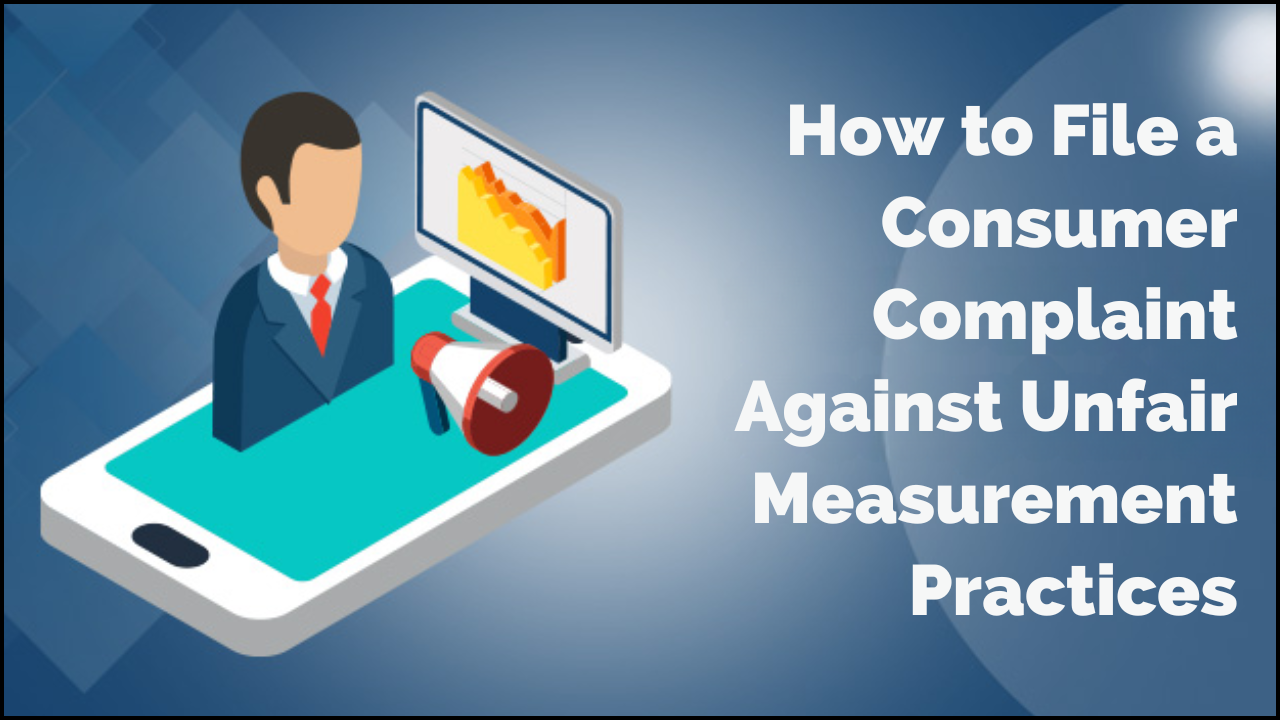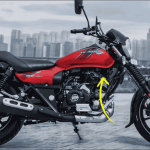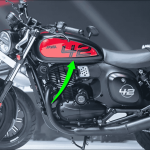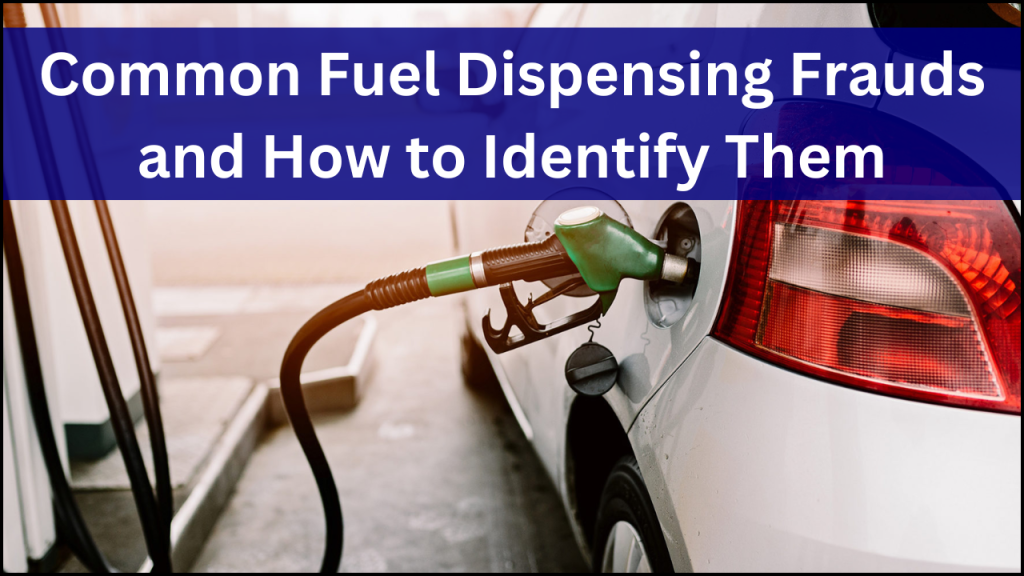
Fuel dispensing fraud is a widespread issue that affects vehicle owners, transport businesses, and fuel station operators. These deceptive practices not only result in financial losses but also erode consumer trust. Fraud at fuel stations can take many forms, ranging from manipulated meters to fuel adulteration. Below are some of the most common scams and ways to detect them.
1. Short Fuel Dispensing
One of the most common fraudulent practices at fuel stations is delivering less fuel than what the meter indicates. In this scam, stations manipulate fuel dispensers so that customers receive a lower quantity while paying for the full amount.
How This Fraud Occurs:
- Tampered Meters: Some stations alter meter settings so that the displayed reading is higher than the actual fuel dispensed.
- Hidden Devices: Some fuel stations use concealed buttons or remote controls to slow down fuel flow, making it seem like the right amount is being delivered.
How to Detect It:
- Always ensure the fuel dispenser is reset to zero before refueling.
- If possible, request fuel to be dispensed into a transparent container to verify the quantity.
- Pay attention to inconsistent or unusually slow fuel flow, as this may indicate manipulation.
2. Adulterated Fuel
Fuel adulteration is another major fraud, where cheaper substances such as kerosene or industrial solvents are mixed with petrol or diesel. This compromises fuel quality, leading to reduced engine efficiency, higher emissions, and even long-term engine damage.
How to Detect It:
- Observe the fuel’s color and smell—any unusual appearance or odor could indicate contamination.
- If your vehicle experiences excessive smoke, knocking sounds, or lower fuel efficiency after refueling, adulteration may be the cause.
- Always purchase fuel from well-known and reputable fuel stations.
3. Inflated Fuel Prices
Some fuel stations overcharge customers by selling fuel at rates higher than the official price, especially in remote areas or during shortages. Additionally, some stations round up the total unfairly or apply hidden service fees.
How to Detect It:
- Verify the official fuel prices through government sources or fuel company websites.
- Always ask for a printed receipt that clearly states the price per liter, total fuel quantity, and the final amount paid.
- Double-check digital transactions to ensure the correct amount has been deducted.
4. Fake Fuel Bills and Overcharging
Certain dishonest fuel stations issue fake or altered receipts, inflating the fuel cost. This scam is particularly common in cases where fleet operators or businesses reimburse fuel expenses.
How to Detect It:
- Carefully review the fuel bill, ensuring it includes the correct station name, GST number, and other relevant details.
- Compare your vehicle’s actual fuel consumption with the quantity recorded on receipts.
- Maintain a record of past fuel purchases to identify any discrepancies.
5. Switching Fuel Grades
Another common scam involves charging customers for premium-grade fuel while actually dispensing a lower-grade version. For example, a customer may pay for high-octane petrol but receive standard-grade fuel instead.
How to Detect It:
- Before fueling, verify the pump label to ensure the correct fuel grade is being dispensed.
- If your vehicle shows decreased performance or lower mileage despite using premium fuel, consider testing the fuel quality.
- Always refuel at reputable stations known for maintaining quality standards.
6. Digital Payment Scams
With the rise of digital transactions, fuel fraud has extended to online payments. Some stations manipulate digital records, fail to provide transaction details, or apply hidden charges.
How to Detect It:
- Always verify the transaction amount before completing the payment.
- Compare the receipt with your bank statement to confirm the correct deduction.
- If you notice discrepancies, report them immediately to the fuel station manager or your bank.
7. Misleading Promotions and Discounts
Many fuel stations advertise cashback offers, discounts, or loyalty programs but fail to honor them at the time of payment. This deceptive tactic is used to attract more customers while minimizing the actual benefits provided.
How to Detect It:
- Read the terms and conditions of any promotional offer before availing it.
- Take screenshots or print copies of advertisements as proof.
- If an offer is denied without justification, report the issue to the fuel company or consumer complaint forums.
8. Hose Retraction Scam
In this scam, some fuel dispensers are designed to retract a small portion of fuel back into the hose after fueling, meaning customers pay for fuel that never actually reaches their tank.
How to Detect It:
- Keep an eye on the fuel nozzle and hose while refueling.
- Ask the fuel attendant to ensure the nozzle is fully emptied before removing it from your vehicle.
- Whenever possible, refuel at stations that use modern and transparent fueling systems.
Final Thoughts
Fuel dispensing fraud is a serious issue that affects individual vehicle owners and businesses alike. While regulatory agencies are taking measures to combat these dishonest practices, it’s important for consumers to remain vigilant. By following the detection methods outlined above, customers can protect themselves from fraud and ensure they receive the correct quantity and quality of fuel.
If you suspect any fraudulent activities at a fuel station, report them to the relevant consumer protection authorities to help prevent such scams in the future.


